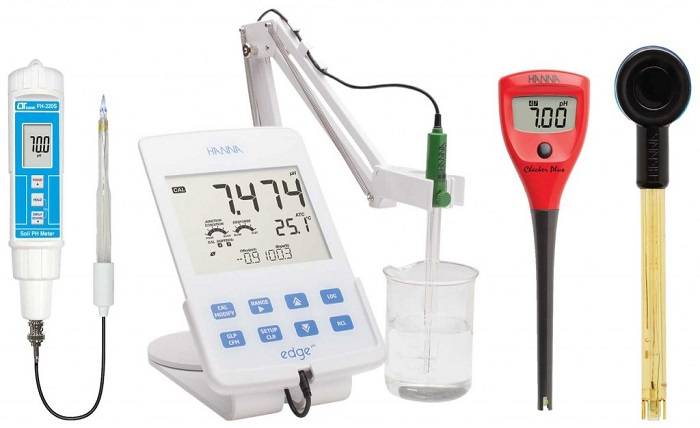
When it comes to purchasing a pH metre, whether to begin reading or to replace an existing metre, the selection of brands and specifications is vast. It can be tough to know where to begin with so many possibilities available. Taking the time to choose could save you a lot of time and money in the long run by ensuring that the metre you choose is the correct one for you.
Why is a pH meter so important?
A pH metre is a device that detects the acidity or alkalinity of water solutions and may be found in a variety of settings, from schools to commercial and industrial facilities.
pH metres are crucial for monitoring and assuring a product’s quality and consistency in a variety of industries, including agriculture, healthcare, food and beverage, water analysis, and more.
Five key features to look for when buying a pH metre
This is how you can make the best selection possible.
1. Accuracy
Consider the level of precision required for your reporting. The pH accuracy of metres ranges from 0.1 pH to 0.001 pH.
Schools may not require as precise pH metres as research facilities. This is because research laboratories want the most precise data to verify that their solution readings are correct. When compared to a school showing pupils how pH metres operate, labs may rely on the accuracy of their research to ensure quality.
2. Electrode
The electrode is the pH meter’s most sensitive measurement component. Even the most durable electrodes will need to be replaced at some point, so learn more about the electrodes the metre uses so you can budget for them. Ask questions like,
- What kind of connection is used by the metre?
- Is it a BNC or DIN connector?
- What is the price of a pH electrode replacement?
- Is it proprietary, or can it be used with probes from other manufacturers?
3. Temperature
The temperature has an impact on pH values. The pH metre must be calibrated at the same temperature as the samples being tested to receive an accurate measurement. Automatic temperature adjustment will be available on more advanced metres to correct for fluctuations in sample temperature.
4. Calibration
To obtain reliable results, every pH metre must be calibrated before use. pH metres are calibrated with buffer solutions, which come in red, yellow, and blue hues and vary in pH from 4 to 10. Calibration can also be improved by calibrating against additional points — for most applications, a three-point calibration is sufficient; however, lower-cost metres may only offer a two-point calibration, while very precise work, such as in pharmaceuticals, may require a five-point calibration.
Displaying the findings in both mV and pH units allows for more in-depth examination and troubleshooting. Ask questions like:
- Is there a limit to how many points I can calibrate?
- Is it possible for the metre to display in mV?
5. Portability
One of the most important decisions that you need to make is whether you need a pocket pH tester, a tiny and portable stick metre, a portable handheld metre with extra capabilities, or a tabletop metre for usage in the lab.
Visit Our Sites marburn and wink More Information ourtime
These five parameters should help you choose the best pH metre for your requirements.
To find a high-quality ph meter shop RS Online ph meters now!
